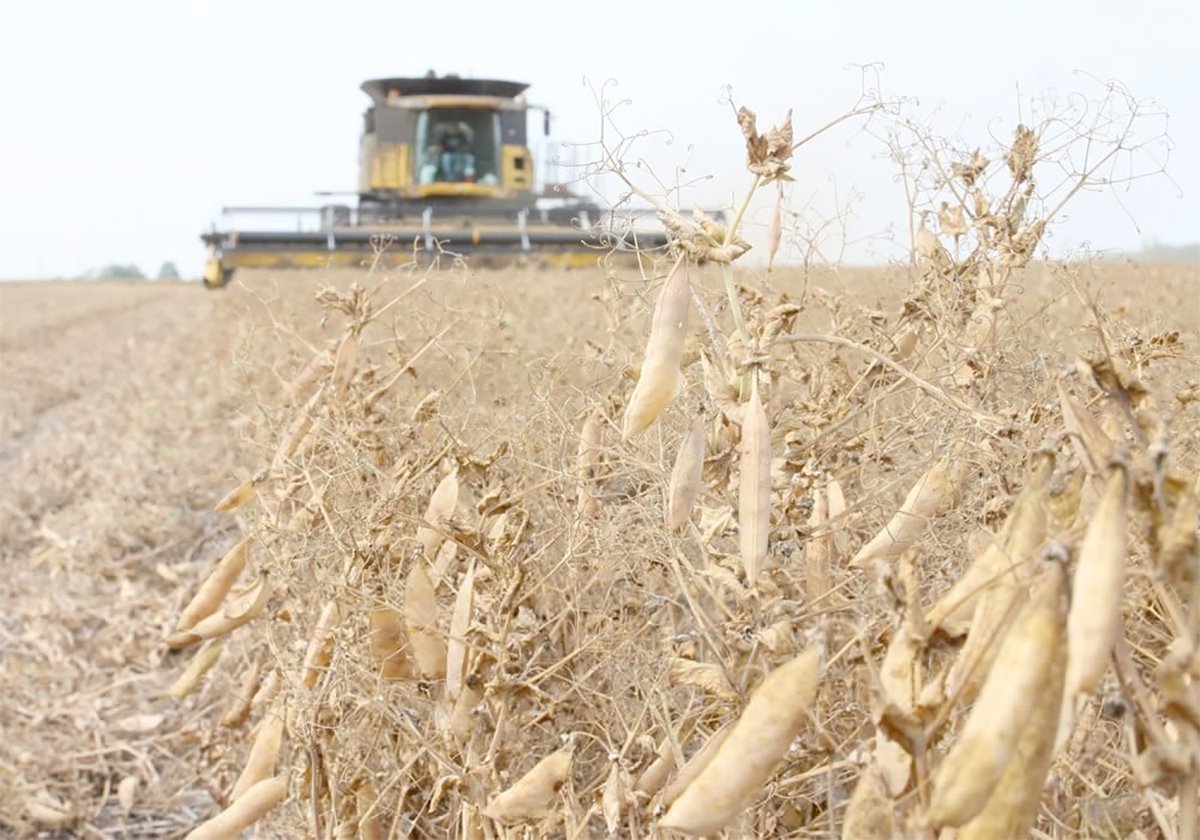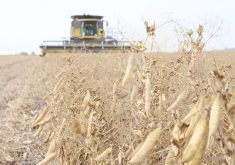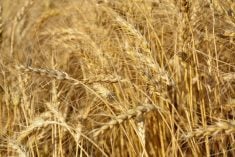Pulse acreage forecasts are predictably befuddling at this time of year, but there are some points worth considering.
Larry Weber of Weber Commodities Ltd. said growers have told him pea acreage will be down 10-15 percent, lentils 25-35 percent and chickpeas 40-50 percent.
Stat Publishing’s latest forecast calls for a 26 percent decline in chickpeas, a 13 percent drop in lentils and a 12 percent hike in peas.
Saskatchewan Agriculture special crops specialist Ray McVicar thinks chickpea acreage will be cut in half but pea and lentil acreage will be unchanged from 2002. He has an explanation for his prediction.
Read Also

Chinese, Indian tariffs take toll on pea prices
The disruption of pea exports from Canada’s largest customers will likely result in slow pea exports for the remainder of the crop year.
“I think some of the chickpea acres will end up rotating into lentils and some peas,” said McVicar.
Disease problems have soured growers on chickpeas, but pulses in general have become popular in rotations due to their nitrogen-fixing ability and farmers will be reluctant to break those rotations, he said.
Two analysts forecast a decline in lentil acreage because Saskatchewan Crop Insurance is projecting a severe to very severe outbreak of grasshoppers in the prime lentil-growing region of the province. The insects have a devastating effect on lentils at the flowering and early pod stage.
But McVicar thinks strong prices for large green lentils and better soil moisture conditions will convince some growers in west-central Saskatchewan to revisit the crop after two years of drought.
“If we didn’t have the grasshopper threat looming, we would see strong lentil planting,” he said.
He doesn’t buy into the theory that pea acreage will be down due to a shortage of seed.
McVicar has spoken to seed test labs that say farmers are starting to test old crop from 2001 that has been sitting in their bins.
“People will have to work at finding good seed but they will be able to find it,” said McVicar.
That’s why he said pea acreage will remain static. Besides, said the analyst, it’s only the beginning of March, so he can say whatever he wants.















